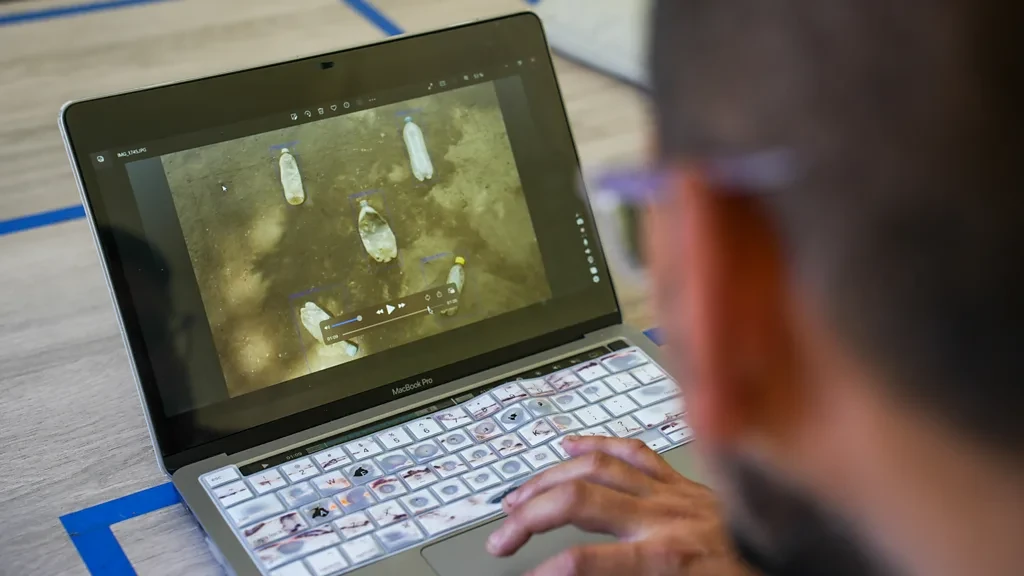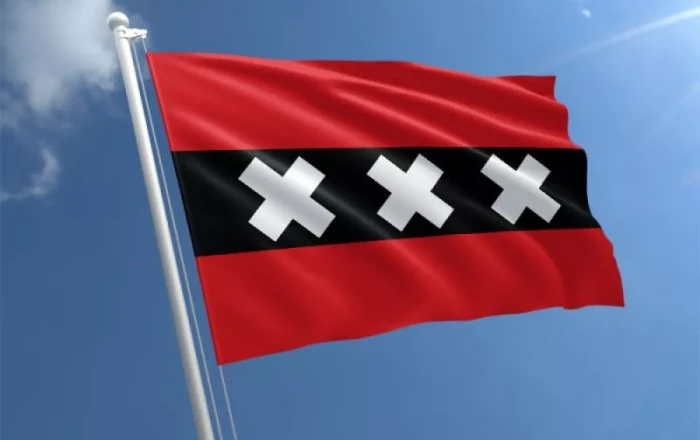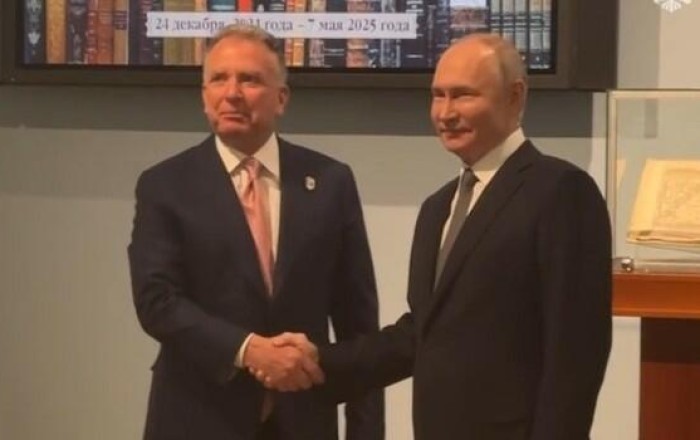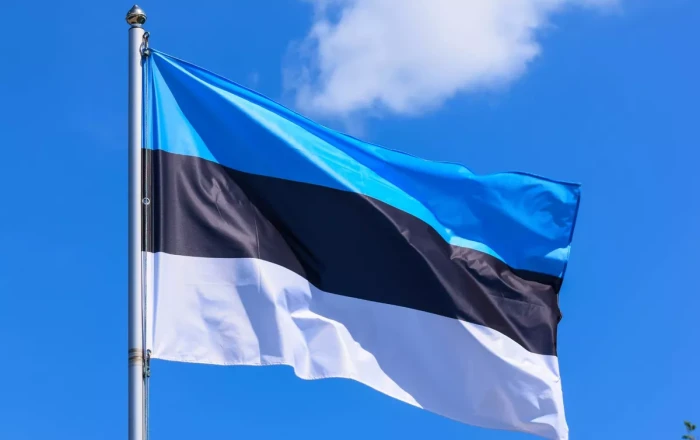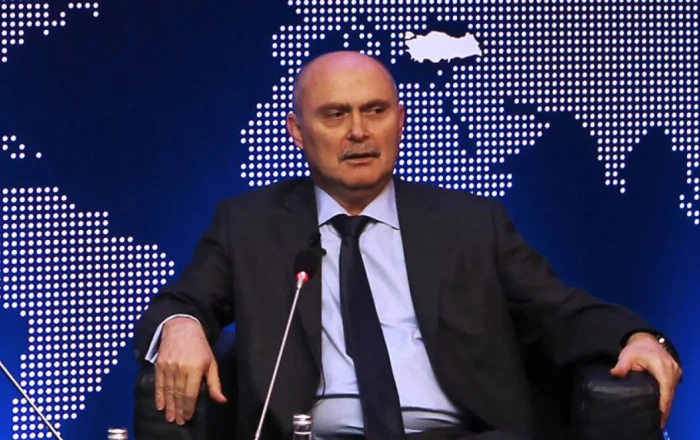To stop plastic reaching the ocean, a start-up in Ecuador is using a conveyor belt to skim off and remove plastic from rivers – and working to stop polluters adding plastic to rivers in the first place.
Plastic bottles, sports balls, and what look like the wheels from a toy pram float down the San Pedro River that runs through Quito, Ecuador. They are on their way towards the Pacific Ocean, on a downstream journey repeated all over the world as plastic waste is flushed through rivers into the seas.
However, this particular patch of plastic waste is about to have its journey cut short. It is brought to a stop by a floating barrier in the water, part of a local plastic clean-up technology called the Azure system, which collects plastic from rivers.
Created by the tech start-up Ichthion, the Azure system's simple design has the capacity to stop and collect around 80 tonnes of plastic per day. At this particular point in the San Pedro River, the most it's collected in a day has been 1.5 tonnes of plastic and synthetic fabrics – that's roughly the same weight as a female hippopotamus.
"What you take out of rivers, what you find along the riverbanks… the majority of this will all end up in the ocean," says Inty Grønneberg, founder and chief executive of Ichthion, a name derived from ichthyology, the study of fish. "Our idea is to prevent ocean-bound plastic."
Plastic pollution in the open sea is a growing concern. It can harm turtles, strangle sea lions, or be consumed by birds or fish, which could also end up in the human food chain. Scientists are also increasingly concerned that microplastics can cause irreversible toxicity within aquatic ecosystems. Research shows that up to 80% of this plastic is carried out to sea via rivers, mainly due to the mismanagement of waste on land.
But a growing number of innovators, like Grønneberg, are trying to stop this flow.
 Kimberley Brown
Kimberley Brown
The conveyor belt is mobile and can be moved from river barrier to river barrier as needed (Credit: Kimberley Brown)
The Azure system is a boom device that stretches across the river to stop objects floating on the surface. It extends down 60cm (2ft) into the water, allowing fish and other organisms to move freely below, and is placed at an angle allowing the natural water flow to direct all debris into one corner of the riverbank.
A manual operator in the water then guides the debris onto a mobile conveyor belt that dumps the plastic into a large container on shore, where it is sorted for recycling and trash destined for landfill.
But Ichthion doesn't only pick up debris in the river, it also tries to stop it from arriving there in the first place by documenting and generating data about what is collected. This way they can better identify the source of the garbage, whether it be mounds of industrial waste from factories, or bags of household trash that indicates a problem with the municipal garbage system. The data allows them to work with municipalities, businesses and communities to stop the problem.
"We know very little about the contamination problem," says Grønneberg. "But if you only look at what you extract, it won't stop. So that's why extraction is important, but prevention based on data is more important."
Currently, the team collects the data manually, but they are also training an artificial intelligence system to identify a variety of plastics to take over this process. Grønneberg also plans to use drone images of the river upstream to identify the debris before it arrives.
The majority of what Ichthion collects from Ecuadorian rivers is plastic bottles, which come from local communities. This is why getting local communities involved is also essential to generate long-term change, says Yessica Benavides, Ichthion co-founder and vice president of strategic relations. So far, local people have been involved through activities like community clean-up days, awareness campaigns and hiring locals to operate the Azure system.
Ichthion isn't the only organisation working on plastic removal from rivers. There's a variety of designs from robots, receptacles and booms, some more expensive and more effective than others.
Source: www.bbc.com


